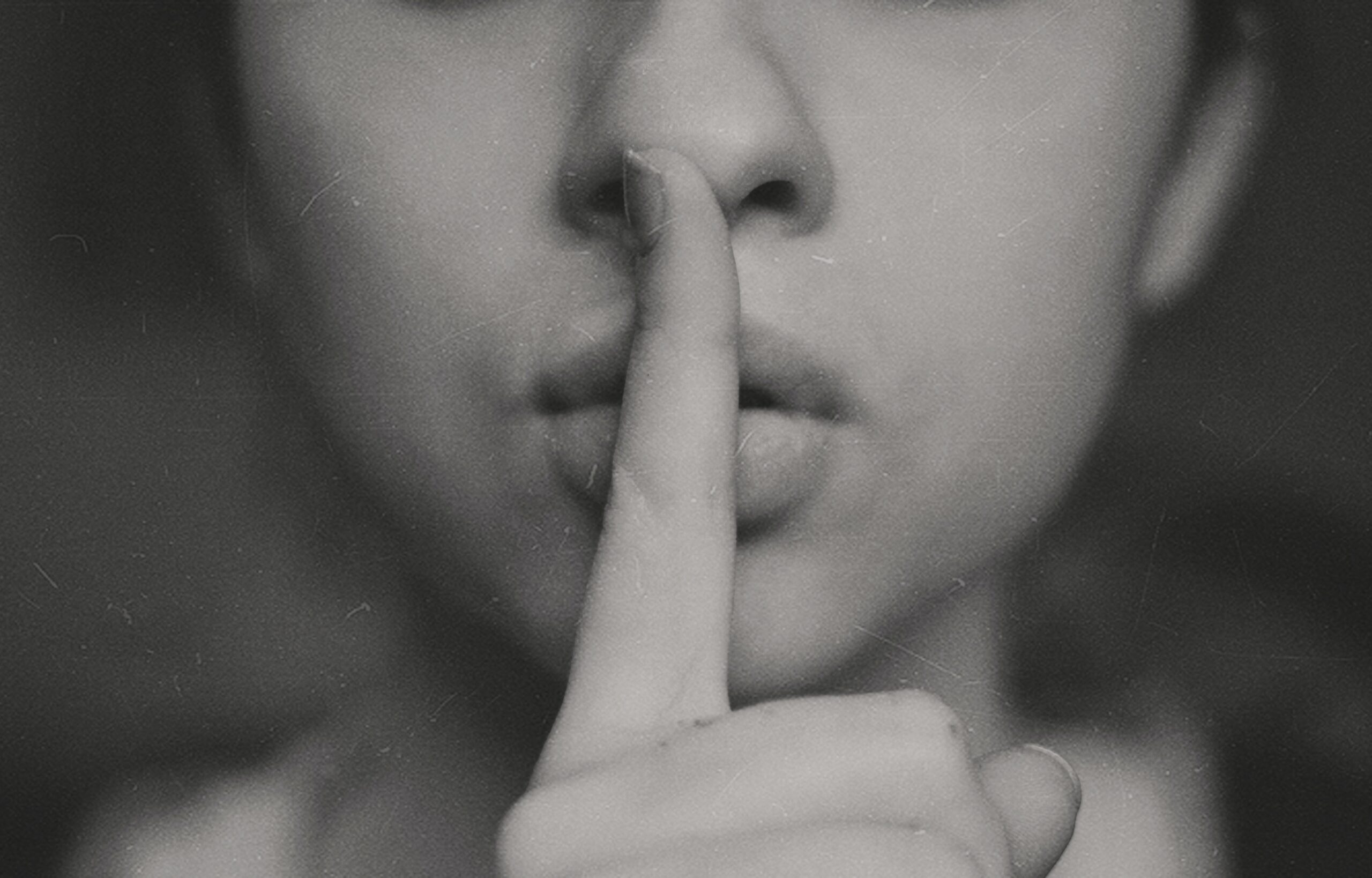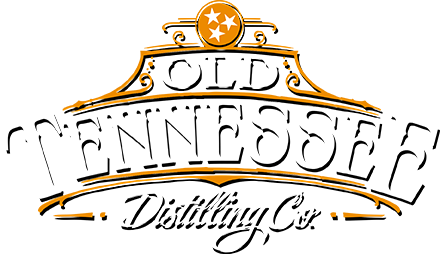
What Are Speakeasies and When Were They Popular?
We’re used to seeing scenes of gun fights, mobsters, and underground nightclubs in movies set during the Prohibition. The names of gangsters involved in organized crime are well-known: Al Capone, Bugs Moran, and Machine Gun Kelly. But what were speakeasies?
When Prohibition laws took effect in the United States in 1920, citizens’ businesses and social lives had to shift. As manufacturing, selling, or transporting liquor was now illegal, those whose livelihood depended on alcohol often looked for solutions elsewhere. Ordinary citizens sought alternative means to lubricate their social gatherings, and events such as weddings had to get creative without easy access to alcohol. From this desire to keep the party going rose the illegal Speakeasy bars.
What Is a Speakeasy Bar?
The Prohibition, lasting from 1920 until 1933, failed to make teetotalers out of the American population. Instead, illegal bars and drinking holes started appearing all over the place. Called “speakeasies,” possibly from a term in England referencing the need for patrons to whisper to avoid detection, these were the ultimate “secret-not-so-secret” bars.
Created in makeshift spaces, the hundreds and thousands of bars across the country varied in style and size. These bars ranged from extensive cellars under high-rises to dusty basements in residential homes, glitzy hotels, and even a revamped car dealership; speakeasies were a refuge for partygoers looking to let loose.
Knock, Knock, Who’s There?
Speakeasies were rife with cloak-and-dagger “secrecy.” Although most people knew how to find the bars, customers would often only be allowed to enter if they knew a password or a secret knock. Bootleggers who illegally distilled, distributed, or sold liquor were always looking for ways to stay one step ahead of the police.
In the event of a raid, the owners of the bars had their creative ways of disappearing their liquor supplies. Hidden back rooms and button-operated shafts were just the start; drinkers wanting to avoid attention hid their liquor in flasks disguised as books, walking sticks, and more. Deliveries of spirits were made to look like innocuous goods such as lumber.
Once inside a speakeasy, patrons would often find music and dancing. Women, previously banned or discouraged from drinking alcohol in public, were free to do so in speakeasies. These underground drinking holes were the precursors to nightclubs and nightlife in modern America.
What Type of Alcohol Did Speakeasies Serve?
During the prohibition era, most distillers didn’t have the luxury of time to allow their liquor to mature in barrels, and it was risky to keep illegal goods hanging around. Those with the resources and connections could acquire the “good stuff,” previously legally distilled liquor. However, many bootleggers needed alcohol quickly and quietly, so most of the liquor served in speakeasies was often moonshine or rapidly distilled whiskey, gin, or rum.
To make the spirits go further and to mask the taste of poorly made liquor, speakeasies served their drinks with mixers like Coca-Cola, Lemonade, mint, fruit juices, and more. Ultimately, they contributed massively to the popularity of the cocktail drink, and many prohibition mixes, like the Sidecar, are still drunk today.
Try Our 1920s-inspired Bootlegging Moonshine
Tennessee is known for its rich bootlegging history. Our ancestors have been bootleggers long before the prohibition years, and we’re proud of our whiskey and moonshine legacy. In fact, in areas of East Tennessee, Prohibition remained in place until the 1960s, so it truly is the moonshine state. Understand more about the long history of whiskey and moonshine in Tennessee on the Tennessee Whiskey Trail, and stop by Old Tennessee Distilling along the way.
If you’d like to experience some of this (now legal) history, visit the Old Tennessee Distilling Company and try some traditional Tennessee-distilled whiskey, rye, gin, and moonshine. We offer complimentary tastings, and our $5 cocktails would make our 1920s bootlegging ancestors proud.

